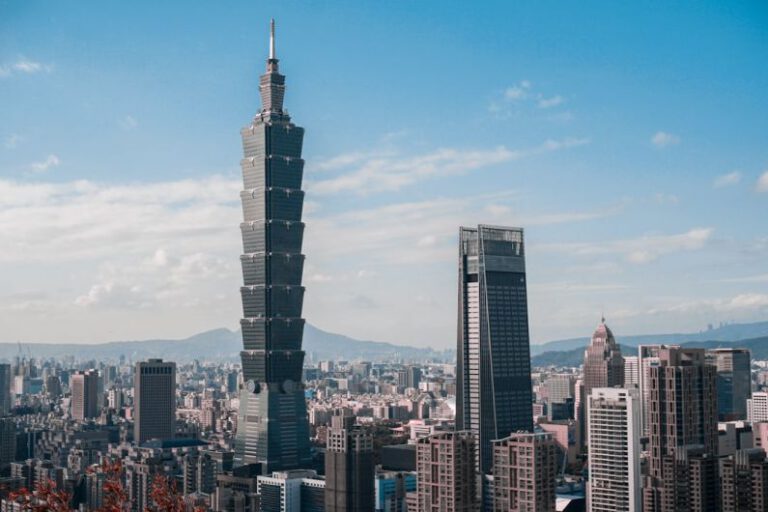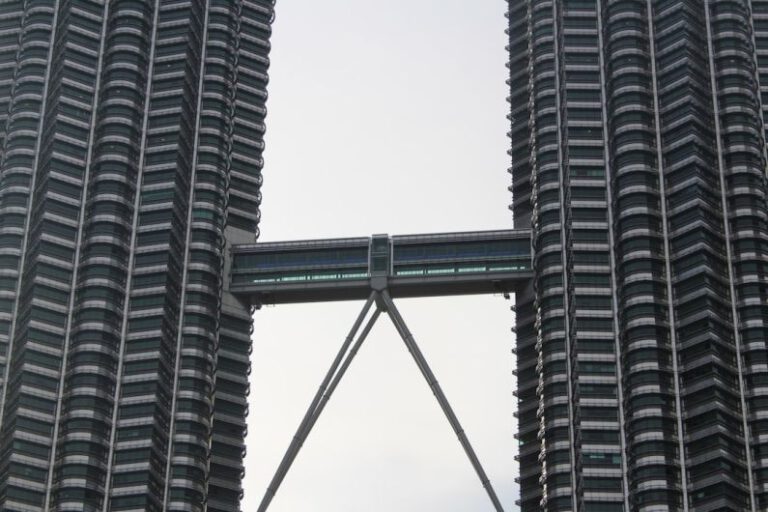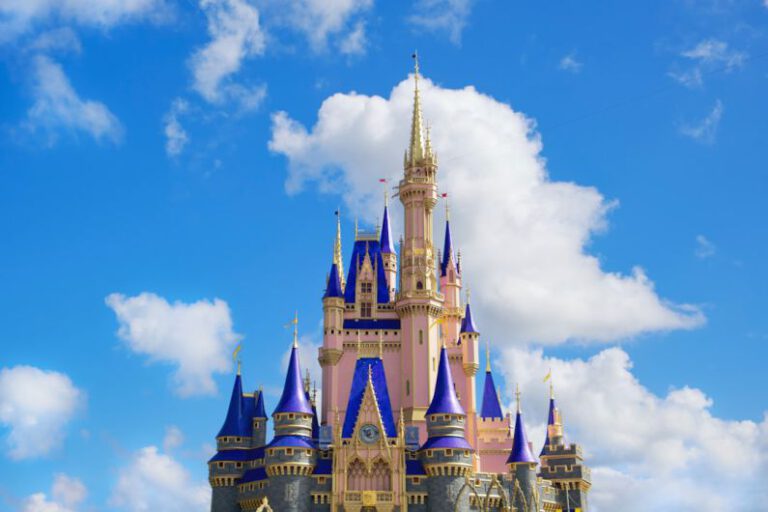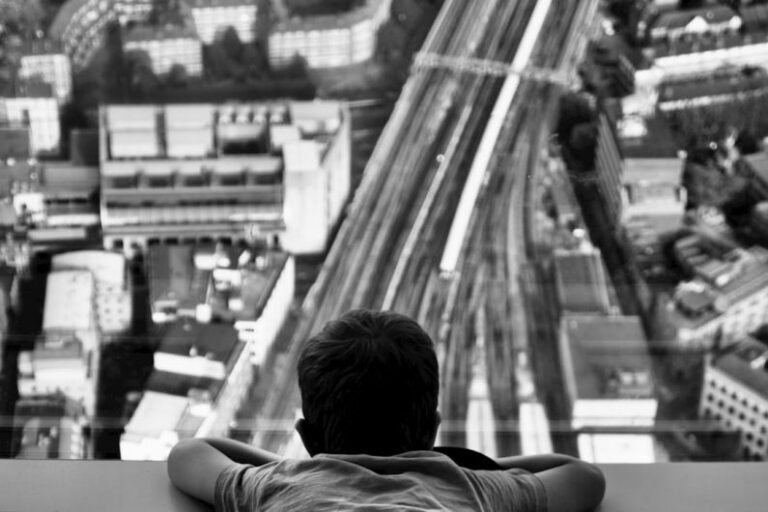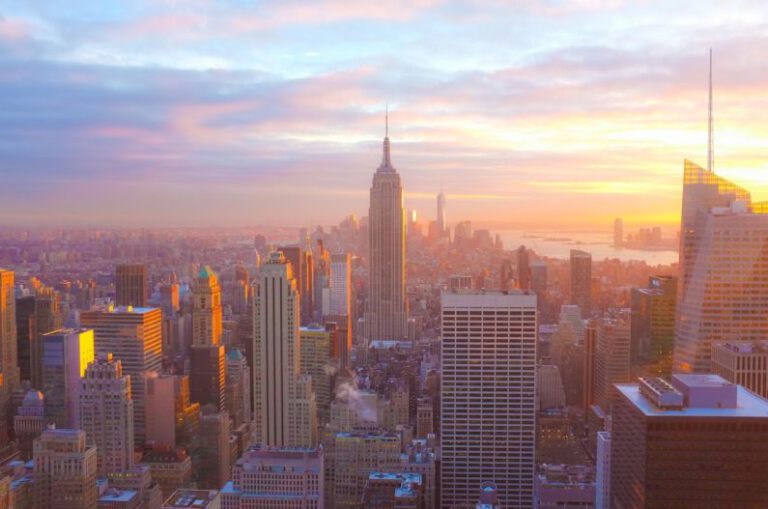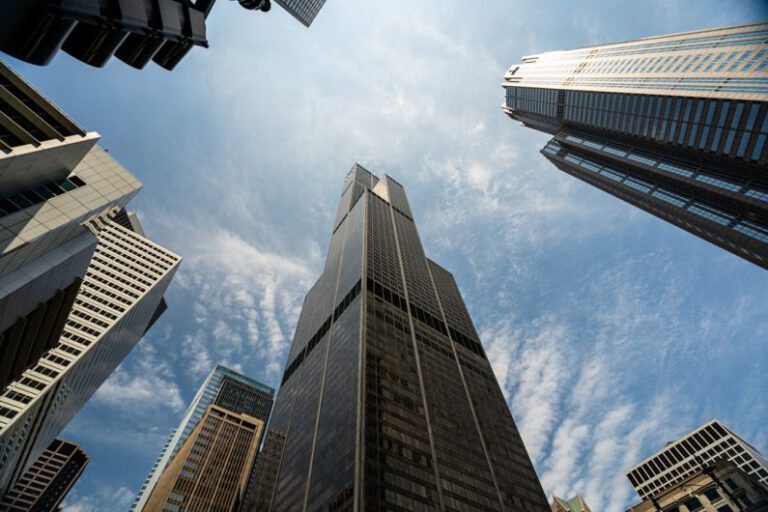The Eiffel Tower: More than a Monument
Standing tall and proud in the heart of Paris, the Eiffel Tower is more than just a monument; it is a symbol of love, innovation, and resilience. Constructed in 1889 as the entrance arch for the World’s Fair, this iconic structure has since become a global icon and a must-see destination for travelers from around the world. With its intricate iron lattice design and breathtaking views, the Eiffel Tower continues to captivate visitors and locals alike, offering a glimpse into the history and beauty of Paris.
A Symbol of Love and Romance
The Eiffel Tower is synonymous with love and romance, making it a popular spot for marriage proposals, anniversaries, and romantic getaways. The breathtaking views of the city from the top of the tower provide the perfect backdrop for declarations of love and affection, creating memories that last a lifetime. Couples from all over the world flock to the Eiffel Tower to experience its magic and bask in the romantic atmosphere that surrounds this iconic landmark.
A Feat of Engineering
Designed by Gustave Eiffel, the Eiffel Tower was a groundbreaking feat of engineering during its time. Standing at 1,063 feet tall, the tower was the tallest man-made structure in the world until the completion of the Empire State Building in 1931. The intricate iron lattice design of the Eiffel Tower not only adds to its visual appeal but also serves a functional purpose, allowing the structure to withstand strong winds and other environmental factors. The innovative design and construction techniques used in building the Eiffel Tower continue to inspire engineers and architects to this day.
A Cultural Icon
The Eiffel Tower has transcended its status as a mere monument to become a cultural icon that represents the spirit of Paris and the French people. It has been featured in countless movies, books, and works of art, cementing its place in popular culture as a symbol of elegance, sophistication, and joie de vivre. The tower’s distinctive silhouette has become synonymous with Paris itself, drawing millions of visitors each year who come to marvel at its beauty and history.
A Beacon of Resilience
Throughout its storied history, the Eiffel Tower has stood as a symbol of resilience in the face of adversity. During World War II, the tower was under threat of destruction by the Nazis, who planned to demolish it as they retreated from Paris. However, the order was never carried out, and the Eiffel Tower remained standing as a beacon of hope and defiance against tyranny. In the years since, the tower has weathered political unrest, economic challenges, and natural disasters, emerging stronger and more beloved than ever.
A Sustainable Landmark
In recent years, the Eiffel Tower has embraced sustainability initiatives to reduce its environmental impact and promote eco-friendly practices. Solar panels have been installed on the tower’s roof to harness renewable energy, while energy-efficient lighting systems have been implemented to reduce electricity consumption. These efforts reflect the tower’s commitment to preserving the environment and setting an example for other landmarks around the world to follow.
In Conclusion: A Timeless Treasure
As one of the most recognizable landmarks in the world, the Eiffel Tower continues to enchant and inspire all who visit it. More than just a monument, the tower is a testament to human ingenuity, artistic expression, and the enduring spirit of Paris. Whether you admire it from afar or ascend to its dizzying heights, the Eiffel Tower never fails to leave a lasting impression, making it a timeless treasure that will captivate generations to come.

